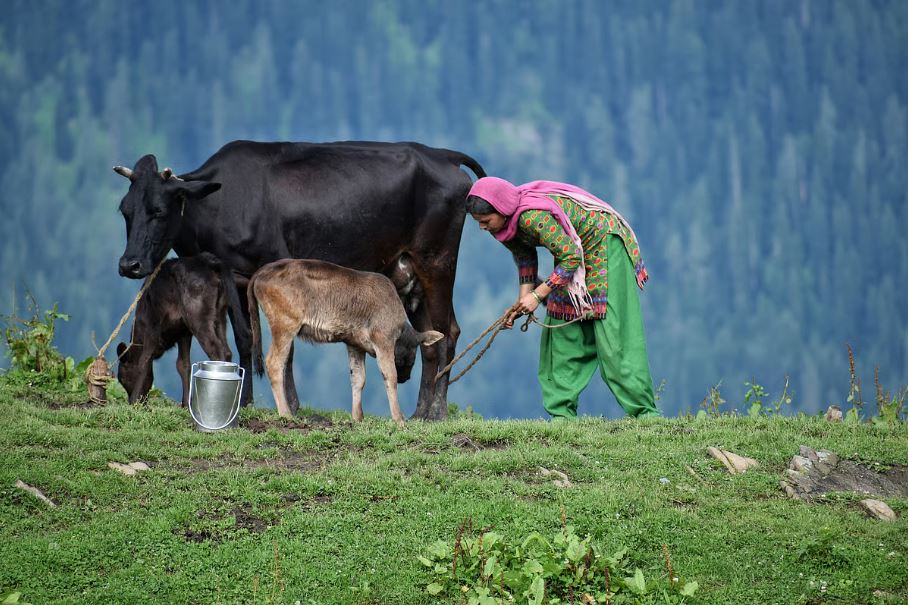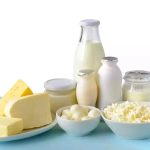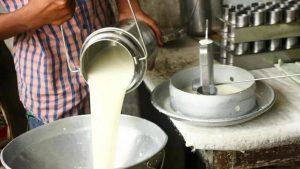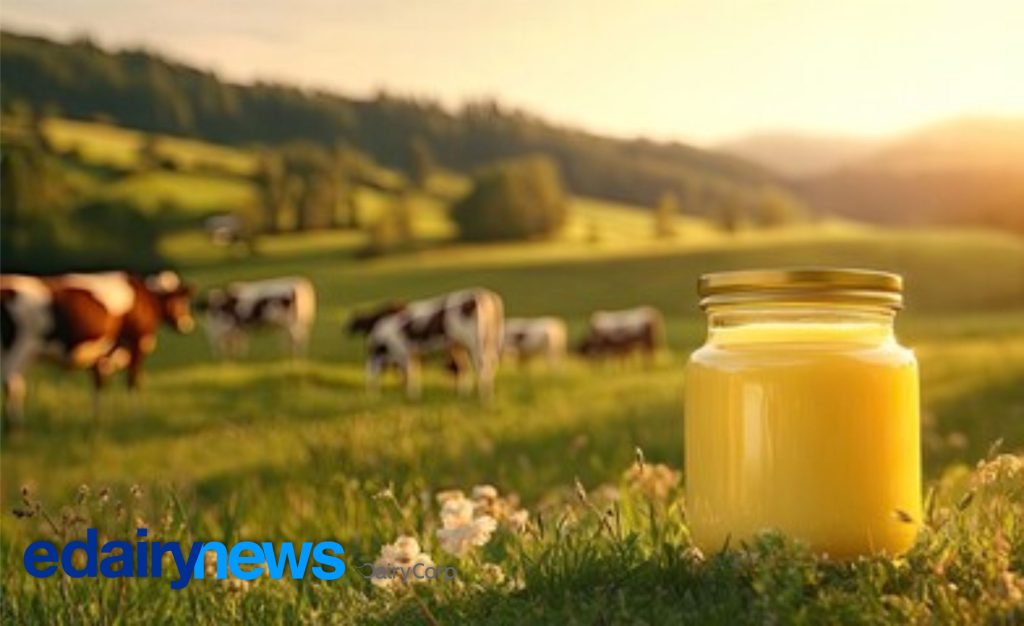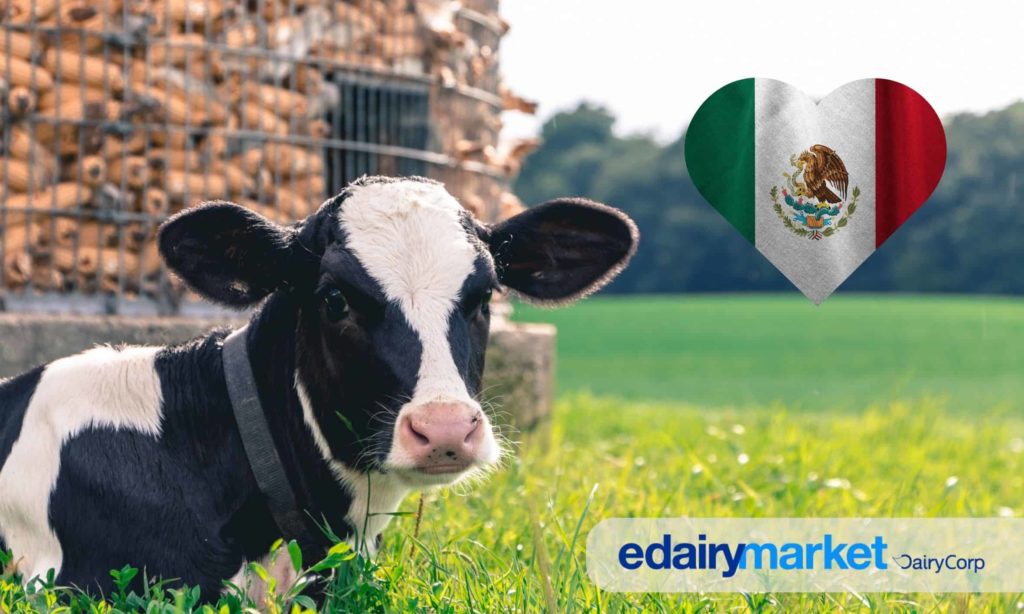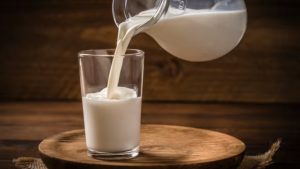
Nation’s 302M cattle and buffalo produce 14% of global livestock emissions amid chronic fodder shortages.
India’s livestock sector accounts for approximately 14% of global greenhouse gas emissions from agriculture, with over 90% originating from enteric fermentation as cattle and buffalo digest feed in their rumens, producing methane that traps heat 28 times more effectively than carbon dioxide. The nation’s herd composition reveals critical emission patterns: exotic and crossbred cattle emit about 43 kilograms of methane annually compared to 28kg for indigenous cattle, while buffaloes—despite comprising only 43% of the 302 million bovine population—produce the highest methane per liter of milk yet provide over half of India’s milk supply following a 30.5% population increase since 1992.
Chronic green fodder shortages ranging from 11-32% depending on season force farmers to rely on straw and crop residues that increase emissions while reducing productivity, though studies demonstrate that year-round green fodder availability could lower methane emissions by 15%. National Dairy Development Board field studies show ration balancing alone can reduce methane per kilogram of milk by 10-13.5%, while plant bioactives like Harit Dhara achieve 17-20% reductions and seaweed-based feed additives demonstrate 10% cuts in trials, though widespread farm adoption remains limited by cost and availability constraints.
Animal health emerges as a critical emission lever, with diseases like mastitis and parasitic infections raising emission intensity by 8% or more as sick animals require extra resources to maintain production levels. Better veterinary care, vaccinations, parasite control, and balanced nutrition create dual benefits—increased milk yields and reduced climate footprint per unit of food produced. Poor livestock health compounds productivity challenges through lower milk yields, slow growth rates, and reproductive issues that particularly impact smallholder operations lacking access to quality extension services and breeding programs.
Government initiatives including Rashtriya Gokul Mission have driven average bovine productivity from 1,640kg milk per animal annually in 2014-15 to 2,072kg by 2023-24—a 26% increase—while national milk production jumped 63% to reach 239.3 million tonnes. Cutting-edge tools like genomic chips, sex-sorted semen, and trained MAITRI technicians delivering doorstep artificial insemination services support genetic improvement programs, while states cultivate over 2,000 acres of high-yield fodder crops like sorghum and desmanthus producing 120,000+ tonnes annually through village-level supply chains.
Structural barriers prevent smallholder farmers—who remain locked in low-productivity cycles due to poverty, limited markets, patchy infrastructure, and high costs—from accessing methane mitigation solutions despite proven technologies. Development professional Abhay Kumar Singh argues that India’s path to reduced livestock emissions requires rapid scaling of proven nutritional and breeding interventions blended with indigenous knowledge and locally-owned institutional support, making climate-resilient livestock both necessity and opportunity for the nation’s dairy-dependent rural economy serving millions of households dependent on livestock for livelihoods and food security.
Source: Down to Earth – Methane makeover: How India’s dairy sector can clean up its climate act
You can now read the most important #news on #eDairyNews #Whatsapp channels!!!
🇺🇸 eDairy News INGLÊS: https://whatsapp.com/channel/0029VaKsjzGDTkJyIN6hcP1K
